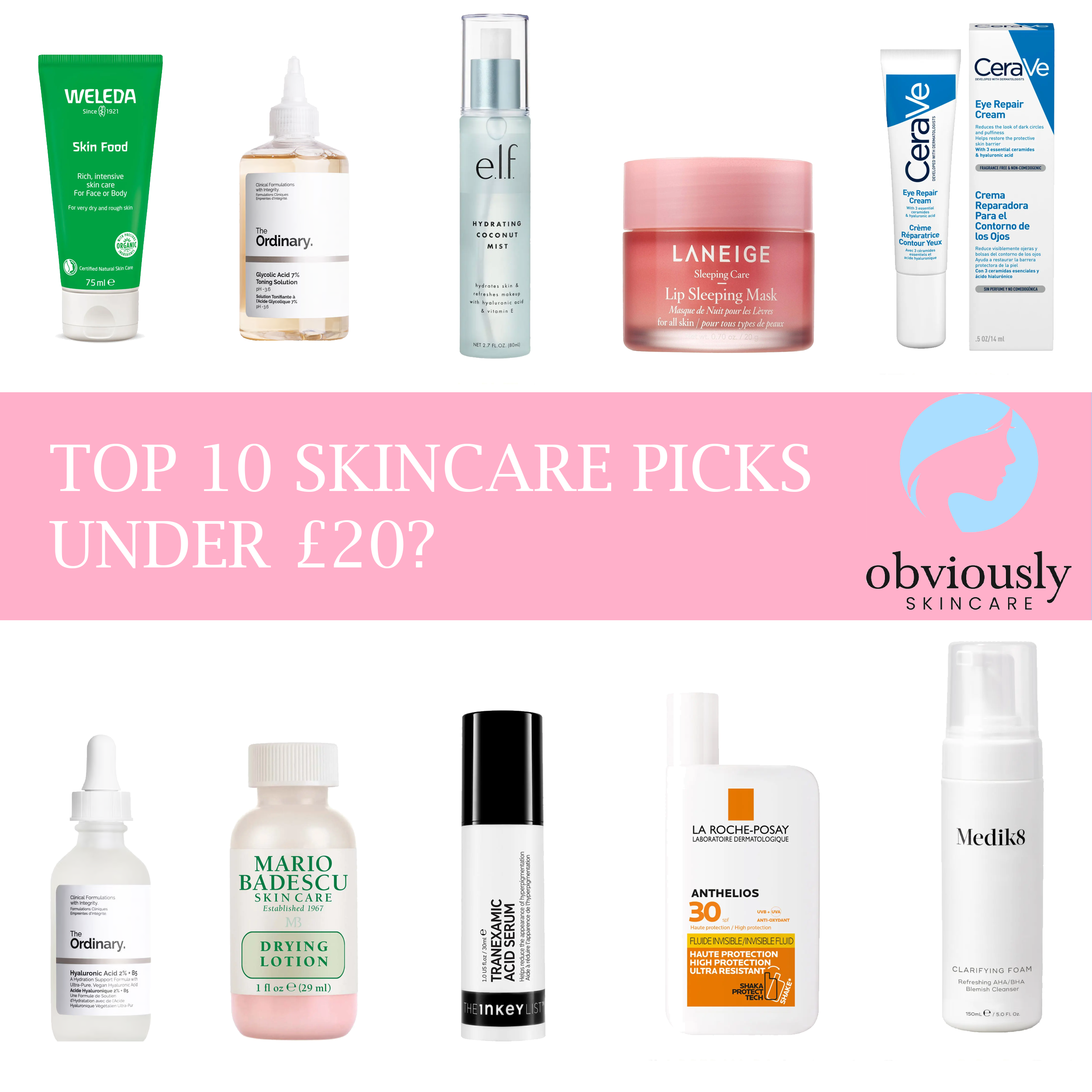Eye bags and dark circles can take a significant toll on your complexion, they can be hard to cover up and it can look as if you haven’t slept in weeks. While sleep deprivation is often the cause of dark circles, there are several other causes; allergies; genetics; age and eye strain to name a few. Caffeine is now being added into eye serums with the claim that it can help with eye bags and dark circles around the periorbital area, but are these serums any effective?
Dark circles, a short summary
For a more comprehensive look into dark circles and their causes, make sure you read our article on what causes dark circles? and how to get rid of them.
Dark circles refer to darkened skin around the periorbital area. There are many causes, main contributory factors being aging and sleep deprivation. Skin around the eye area is far thinner than anywhere else on the face; this means the underlying blood vessels are more prominent. It’s these blood vessels that give the darkened appearance.
As we age, the skin thins; this is down to reduced collagen and elastin synthesis. These are the proteins that build up our skin are give it form, firmness and elasticity. This unfortunately means more prominent dark circles. Dark circles can also form due to poor circulation around the eye area, this can be down to genetics, age, or even lifestyle choices.
How can caffeine help with dark circles?
Caffeine can supposedly help to reduce the appearance of eye bags and dark circles. Caffeine is a vasoconstrictor meaning it helps to narrow blood vessels, it also possesses some anti-inflammatory properties meaning it can help reduce puffiness and redness.
Is caffeine an effective treatment for dark circles and eye bags?
Fatemeh et al.[1] conducted a study to determine the efficacy of a caffeine and vitamin K eye pad in reducing eye wrinkles and dark circles. 3 grams of caffeine was used with 1 gram of vitamin k in a 100 gram formula with an emu oil base. This was therefore a 3% caffeine solution; you’ll often find that under eye caffeine solutions tend to be around 5% such as The Ordinary – Caffeine Solution 5% + EGCG.
11 healthy women were randomly selected for this study who suffered from dark circles and wrinkles are the periorbital area. The solution was applied to a pad, the volunteers were then advised to apply the pad on the right eye for an hour every night; this continued for 4 weeks. Another pad which was used as a placebo containing nothing but water was also applied on the left eye for the same duration.
After 4 weeks, the results not only displayed reduced appearance of dark circles by up to 16%, but also improvements in skin elasticity and moisture when compared with the placebo pad.
What does this mean?
This means that caffeine has a contributory role in reducing the appearance of dark circles and potentially improving circulation around the eye area.
Some things to note
This study was conducted on 11 women, this is not a representative sample size; not only is it a small sample size, it also excludes the male gender.
Vitamin K and emu oil was also used in the formulation. A study conducted in 1999 by Elson et al. [2] displayed the effectiveness of vitamin K in reducing pigmentation around the eye area. This means that caffeine could have had a contributory role, but it might’ve also been down to the vitamin k.
To sum it up
Unfortunately there are still very few studies that have determined the efficacy of topical caffeine solutions to under eye dark circles, this means that the effectiveness of caffeine lacks generalisability to a certain degree.
Anecdotal evidence does show that caffeine helps with dark circles however, many users of these serums have experienced a significant decrease in puffiness and darkness. This can be short lived though, caffeine is only really effective when the use of the product is continuous. If you stop topically applying caffeine to the eye area, your eye bags and dark circles may return. As with all anecdotal evidence, take it with a pinch of salt; best to try the products for yourself and see if it works for you.







Leave a Reply